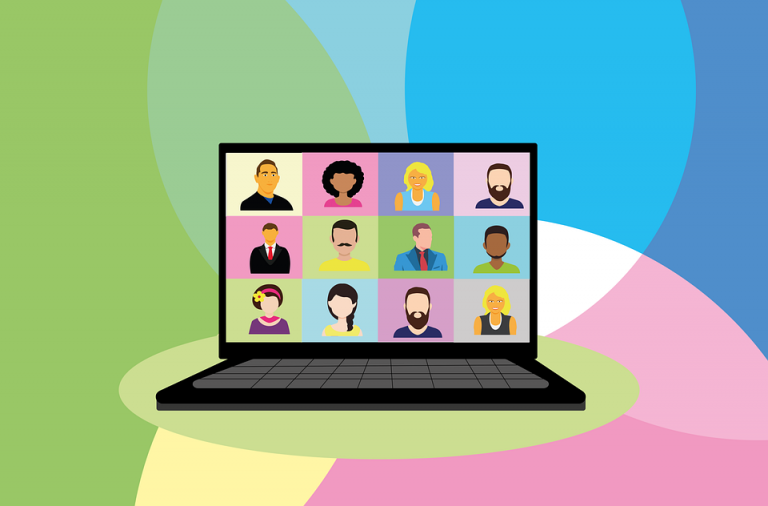Reaching all types of learners with UDL
You may have heard the term UDL buzzing around lately in your education circles. It stands for Universal Design for Learning and is a guiding tenet for us here in ITG. The term Universal Design originated in the world of architecture. It emphasizes designing to accommodate everyone from the start, rather than making adjustments after something has been built. This not only saves a great deal of effort but also leads to cleaner, more visually appealing designs.
In the world of education, UDL has become synonymous with accessibility for learners with visual or hearing impairments (e.g. closed captioning for videos, optimized text in PDFs, etc). But UDL is so much more than that! Rather than designing for the average learner, UDL encourages us to design for “the margins” using a framework based on neuroscience. According to UDL, good teaching provides the following:
- multiple means of representation: present information in different ways to target the recognition networks of the brain
- multiple means of action & expression: provide different ways for students to express what they know to target the strategic networks of the brain;
- multiple means of engagement: stimulate interest and motivation for learning to target the affective networks of the brain
You can learn more about the UDL framework and the neuroscience research behind it at National Center for Universal Design for Learning’s website.
ITG and UDL
Interested in incorporating the UDL principles into your teaching? Here are some ways that Emerson-supported technology can help you do just that…
Multiple Means of Representation
In addition to readings and lectures, you can…
- Use Canvas Pages to incorporate audiovisual resources related to the topic that you are covering. Check out the library’s databases for streaming media.
- Create practice quizzes with Canvas Quizzes. Check out Chris’s recent post on how to use quizzes for learning.
- Use Canvas Collaborations and Google Docs to have students take and share their notes for each class.
Multiple Means of Action & Expression
In addition to papers or exams, you can…
- Have students keep a blog or create a website using WordPress.
- Use Canvas Discussions to have students analyze a topic or reading. Take it a step further and have students lead the discussions!
- Input assignment due dates as well as other important dates into the Canvas Calendar to help students manage their time and build their executive functioning skills.
- Take advantage of Google Drive. Students can create websites with Google Sites; input, analyze, and represent data with Google Forms and Google Sheets; create presentations with Google Slides; and so much more!
Multiple Means of Engagement
In addition to office hours, you can…
- Get to know your students using Canvas Discussions. Have them introduce themselves and share their interests. You could also use Google Forms to survey them.
- Give your students different options for required work using the various submission options in Canvas Assignments.
- Get students working on team projects with Canvas Groups.
- Provide ongoing feedback and encouragement for students via the Canvas SpeedGrader. Make it more personal with audio or video comments.
These are just a few ideas. Schedule a consultation with ITG if you would like to brainstorm additional ways to incorporate UDL into your courses. We can also train you on how to use any of the tools mentioned above.


